
What is it?
You can’t fail to have noticed what Epiphone has been doing recently. Not only are its standard ‘Inspired by Gibson’ models better than ever, but the upper-level ‘Inspired by Gibson Custom’ range has, deservedly, snatched headlines and received enthusiastic write-ups.
With high-end components including Gibson Custom electric guitar pickups, plus classy vintage-inspired styling and finishing, these guitars have caused quite a stir in the electric market since the first korina Flying Vs and Explorers launched in 2023.
In the latest drop of new models, there are some tasty Les Pauls but, happily, Gibson also haven’t shied from the ‘other’ models in their history, gracing us with further delightful '60s-style Firebirds, a 1959 ES-335, as well as a Maestro vibrola-equipped ‘64 reissue SG Standard. Maybe my beloved cherry LP/SG Junior’s time will come yet…
The one in my hands today is Epiphone's 1960 Les Paul Special, in regulation TV Yellow – another guitar that hasn’t seen much reissue action for a while, making it all the more exciting to Gibson aficionados. At £999, it's the cheapest of the new models, too.
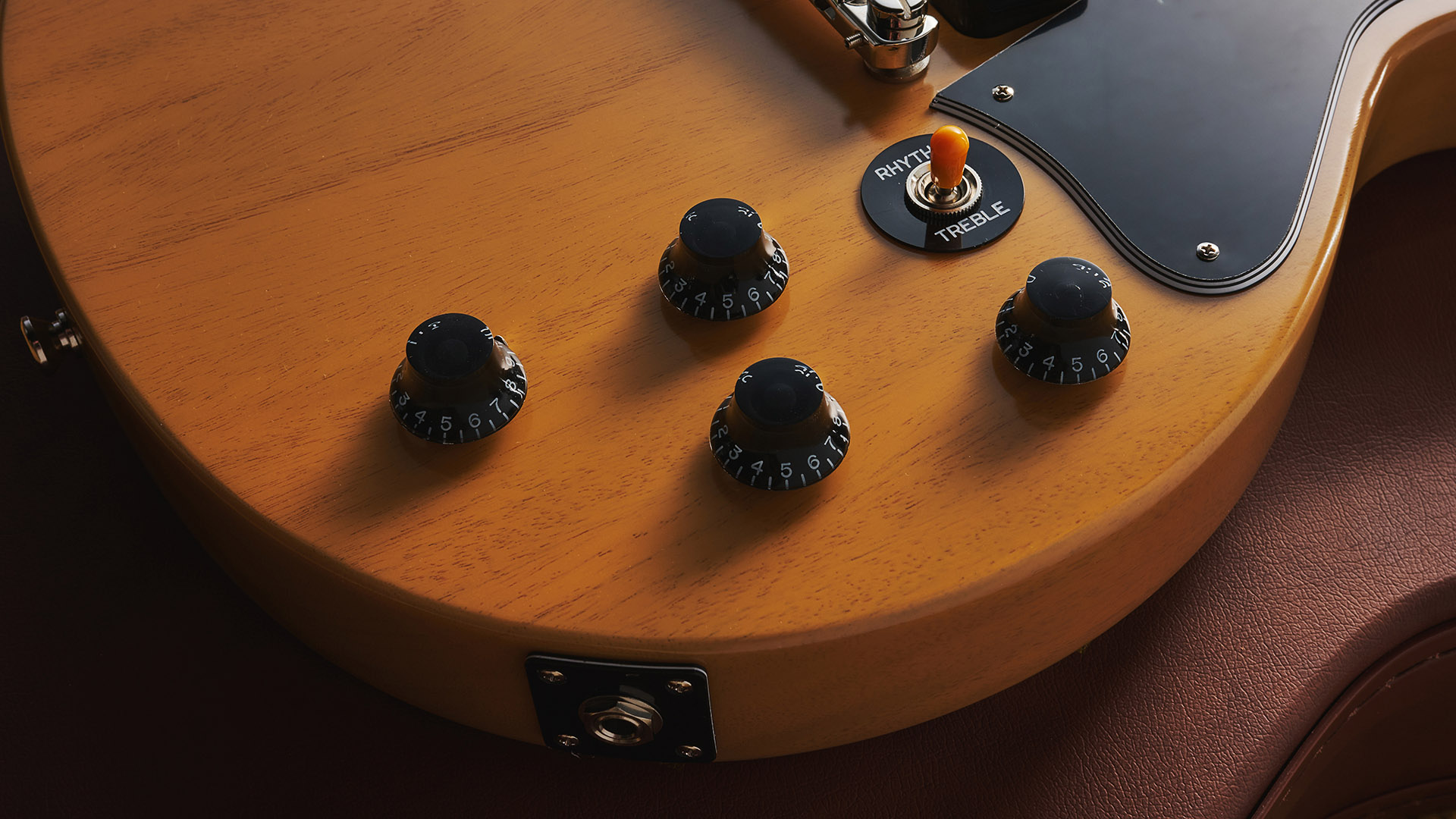
Epi’s regular range already includes a TV Yellow Les Paul Special, albeit a mid-'50s-style single-cutaway.
Like the single-pickup Junior, the Special became a double-cut around 1958, and this new Epiphone mimics its final full year of production before the SG shape swept away the original Les Paul range in 1961.
Specs
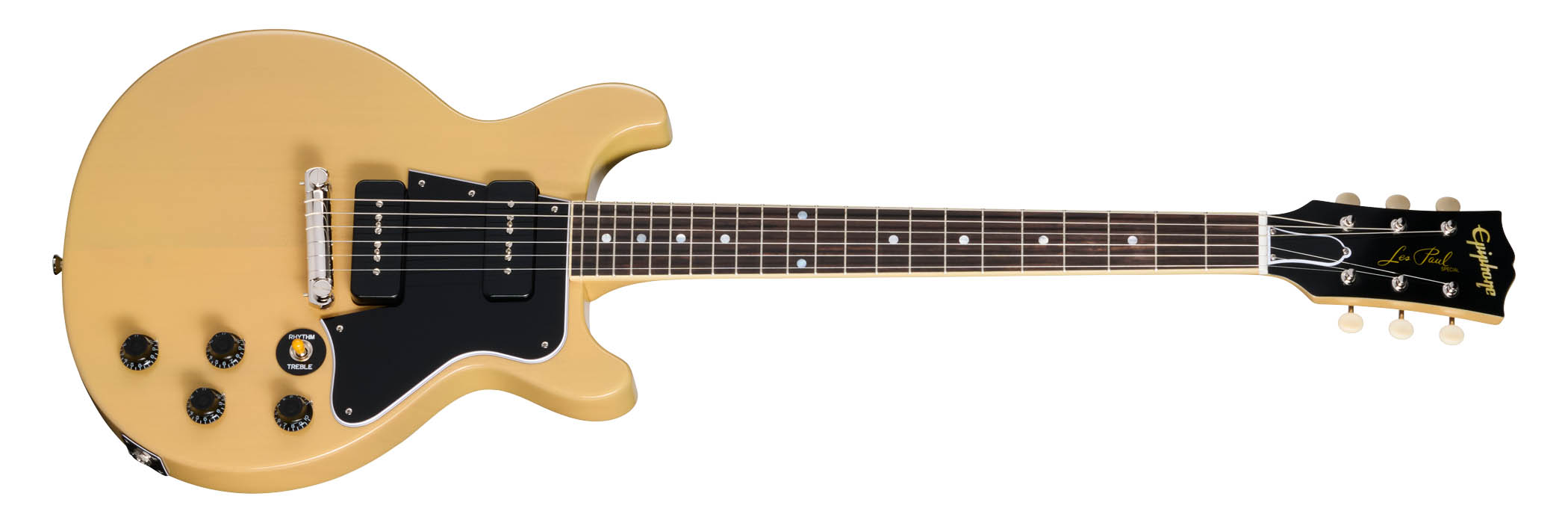
- Price: $999/£999/€1,159
- Made: China
- Type: Solid-body electric
- Body: Mahogany
- Neck: Mahogany, 60s SlimTaper profile
- Fingerboard: Rosewood
- Scale length: 628mm/24.75"
- Nut/width: GraphTech, 43mm
- Frets: 22, medium jumbo
- Hardware: Nickel, Historical Wraparound adjustable bridge, Epiphone three-on-a-plate tuners
- String spacing at bridge: 50mm
- Electrics: 2x Gibson Custom USA Soapbar P-90s, 3-way Switchcraft pickup selector, Switchcraft output jack, 2x volume and 2x tone controls, CTS pots, Bumblebee paper-in-oil capacitors
- Weight: 7.8lb/3.53kg
- Options: None
- Left-handed options: Not available
- Finishes: TV Yellow
- Case: Epiphone Inspired by Gibson Custom hard case, brown with pink plush lining
- Contact: Epiphone
Build quality

Build quality rating: ★★★★½
Plucking the Special from its plush-lined case, it immediately looks the part. These latest iterations forgo Epiphone’s ‘VOS’ finish - slightly too far into satin territory to be truly right for vintage reissues - for the new ‘Vintage Gloss’ finish. It's just about perfect, aesthetically, and wonderfully smooth-feeling. No, it won’t age like nitrocellulose, but in both look and feel, it nails the brief.
Build quality is tight as a drum too. The mahogany body and neck are a good medium weight at 7.8lbs, and it rings-out well, acoustically. There's a vintage-correct angled wraparound bridge, a pair of Gibson Custom soapbar P-90s and a GraphTech nut.
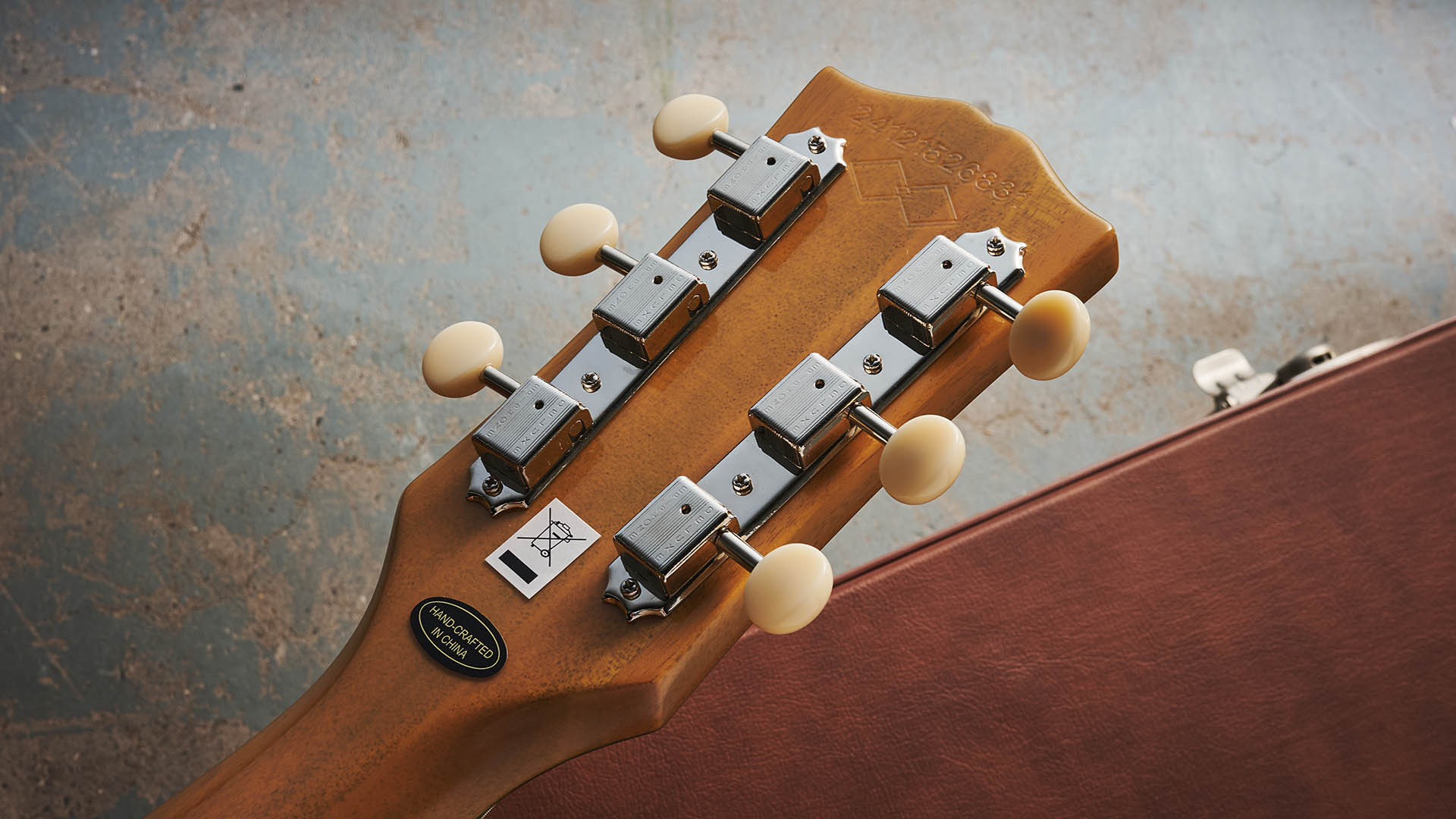
Playability
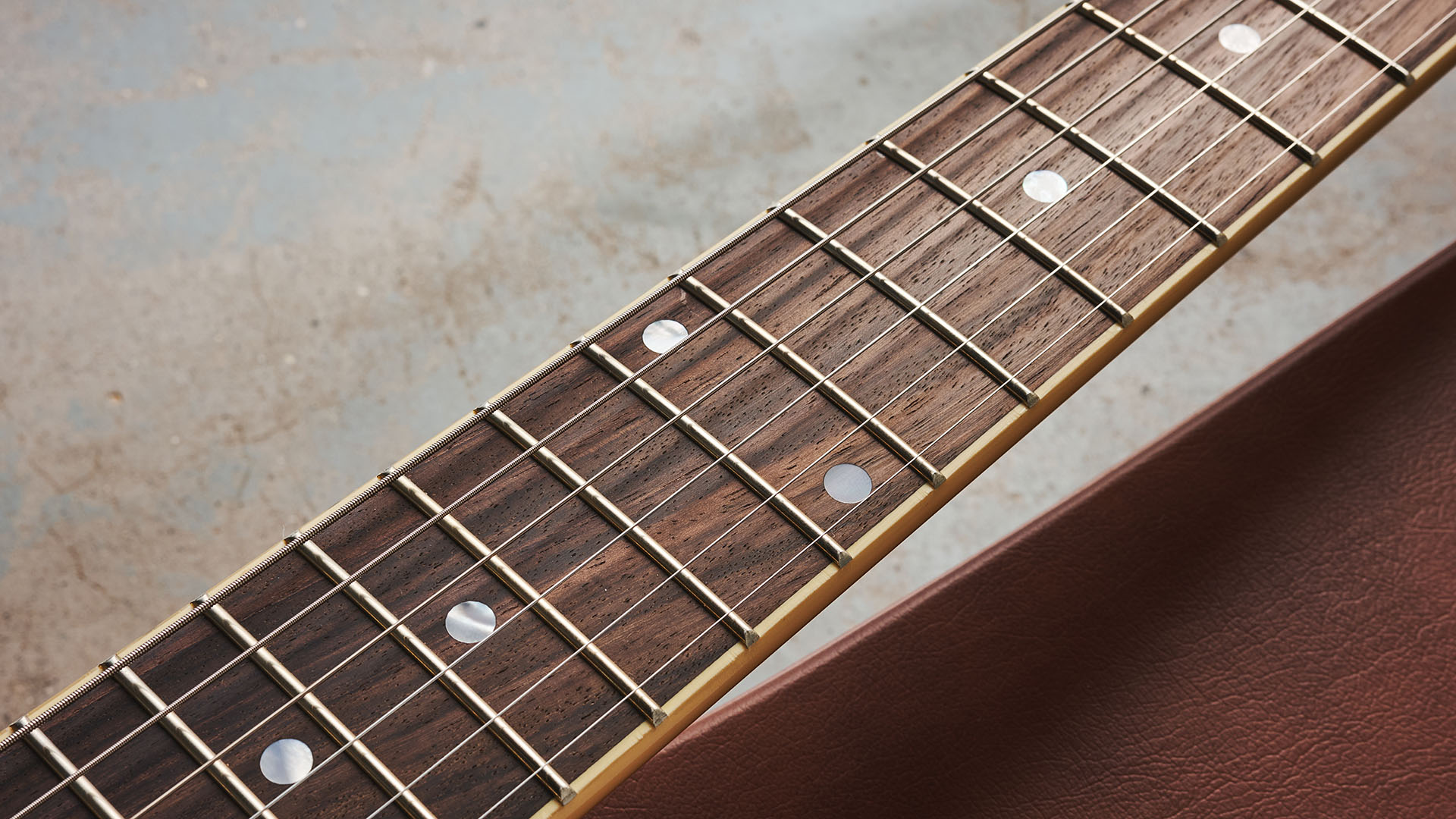
Playability rating: ★★★★★
Special mention to the '60s SlimTaper neck profile, which is superb - and that double-cutaway shape means all 22 frets are reached easily. On a strap, it 'leans' forward in a way SG players might recognise, but balances well. And yes, it has that open-book headstock too.
The finer details don't let the Special down – the fretwork is excellent, the fingerboard a pretty slab of rosewood (albeit feeling like it'd benefit from some oil). The nut sits ever so slightly proud on the treble side – I'm nit-picking now, really.
Sounds

Sounds rating: ★★★★★
Plugging into the clean channel of my old Laney VH100R, I revel in the bright clarity of the bridge-position P-90, while the neck pickup offers the richness and smoothness you'd expect. All these desirable characteristics only strengthen when an overdrive pedal is kicked in.
For me, the middle position of two P-90s is always a favourite clean sound, offering a Fender-esque wiry snap - that's the case here too. With overdrive, it’s a lovely alternative to the neck pickup for lower-gain leads.
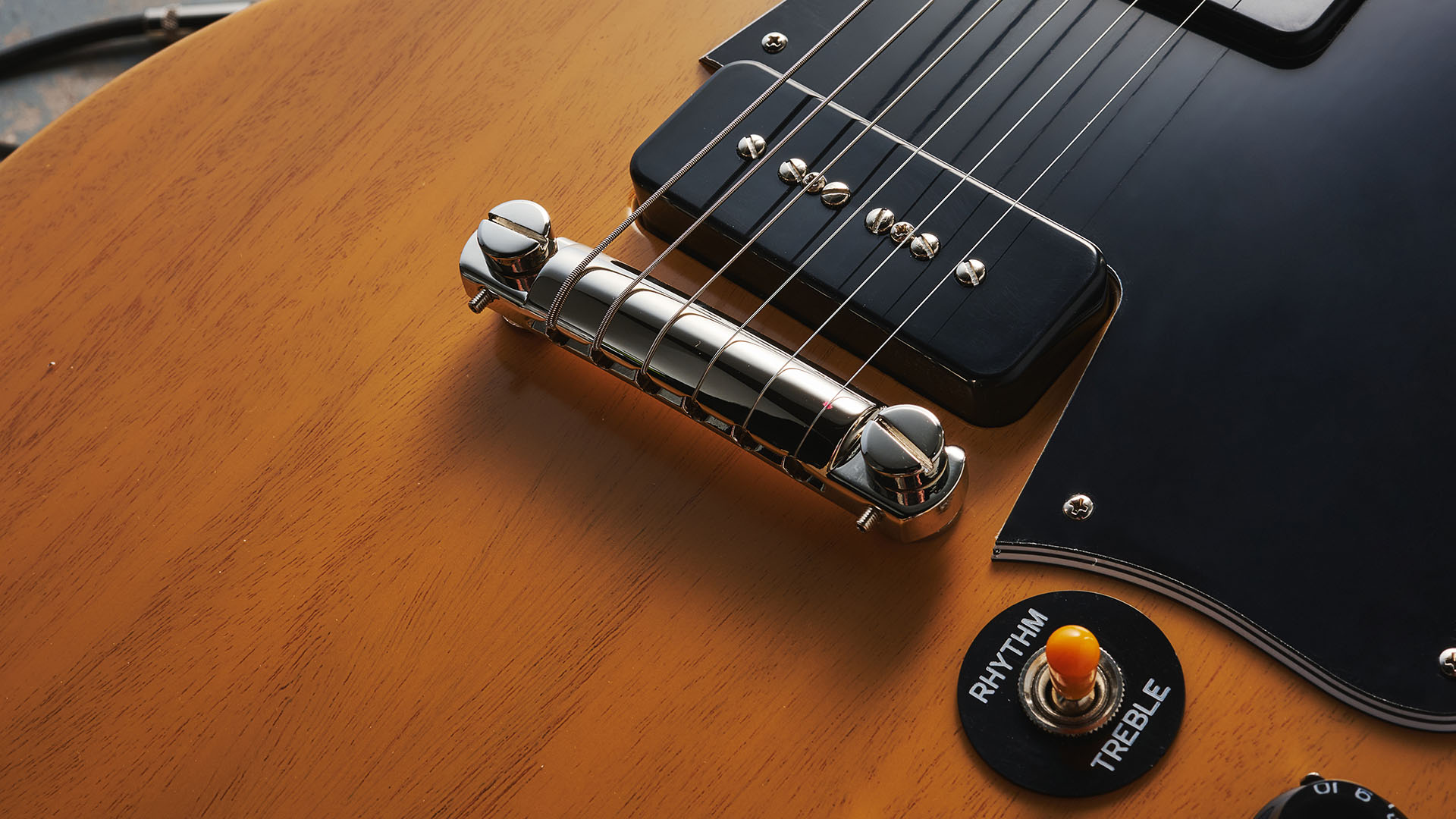
Like all good P-90 guitars, it's really dynamic and receptive to the volume and tone controls if you're seeking to dial it back
At higher gain, that bridge pickup comes alive with a snarl. Like all good P-90 guitars, it's really dynamic and receptive to the volume and tone controls if you're seeking to dial it back for less aggressive rhythm work, but hitting hard with everything on full, it's a powerful, cutting sound with superb note definition and a good, punchy output level. It shines for modern rock and punk-influenced higher-gain tones.
Verdict
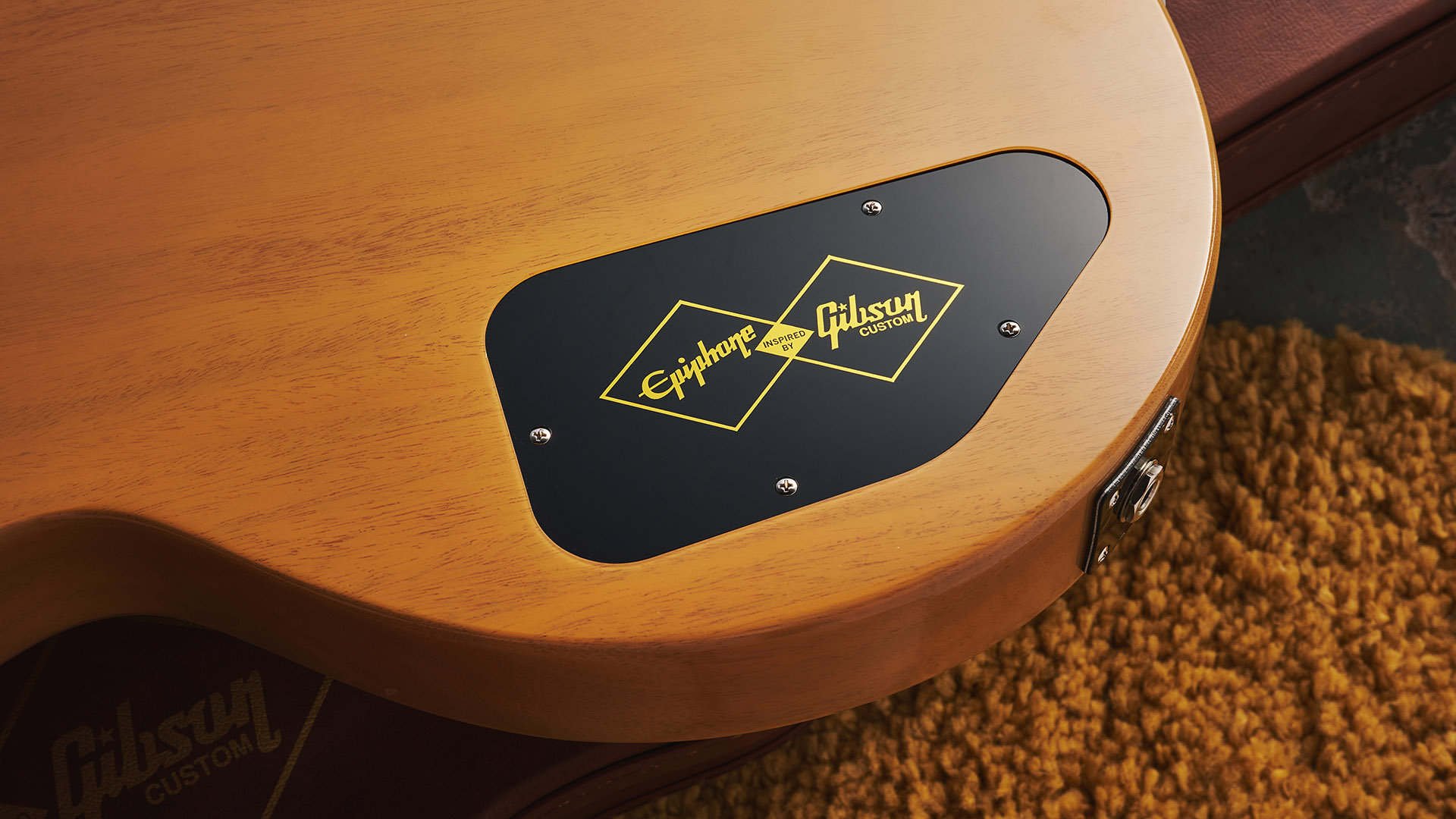
For further reference, I managed to compare the Epiphone to a friend's fine, original Gibson Les Paul Special, from 1960 and in TV Yellow – in theory, then, like for like (if slightly unfair to compare a brand new, mass-produced guitar to a superb vintage Gibson with 65 years of playing-in under its belt).
The Epiphone, to its credit, genuinely feels like a brand-new example of the same model. Not necessarily a cheap equivalent, either.
In fact, both of us came away from the comparison thoroughly impressed by what Epiphone has achieved here. The two guitars have similar output, similar weight, and both absolutely sing through a Deluxe Reverb and a Trainwreck clone alike.
That ‘60 Gibson has a slightly fatter, ‘59-esque neck, and the neck pickup further forwards – transitional features to confound historians – but the Epiphone, to its credit, genuinely feels like a brand-new example of the same model. Not necessarily a cheap equivalent, either.
Epiphone is on a roll at the moment, this Les Paul Special offering yet more evidence of that. With its feature set, and its fabulous sounds, aesthetics and build, its £999 list price almost feels too good to be true. If you're in the market for a two P-90 guitar, can you afford not to check it out?
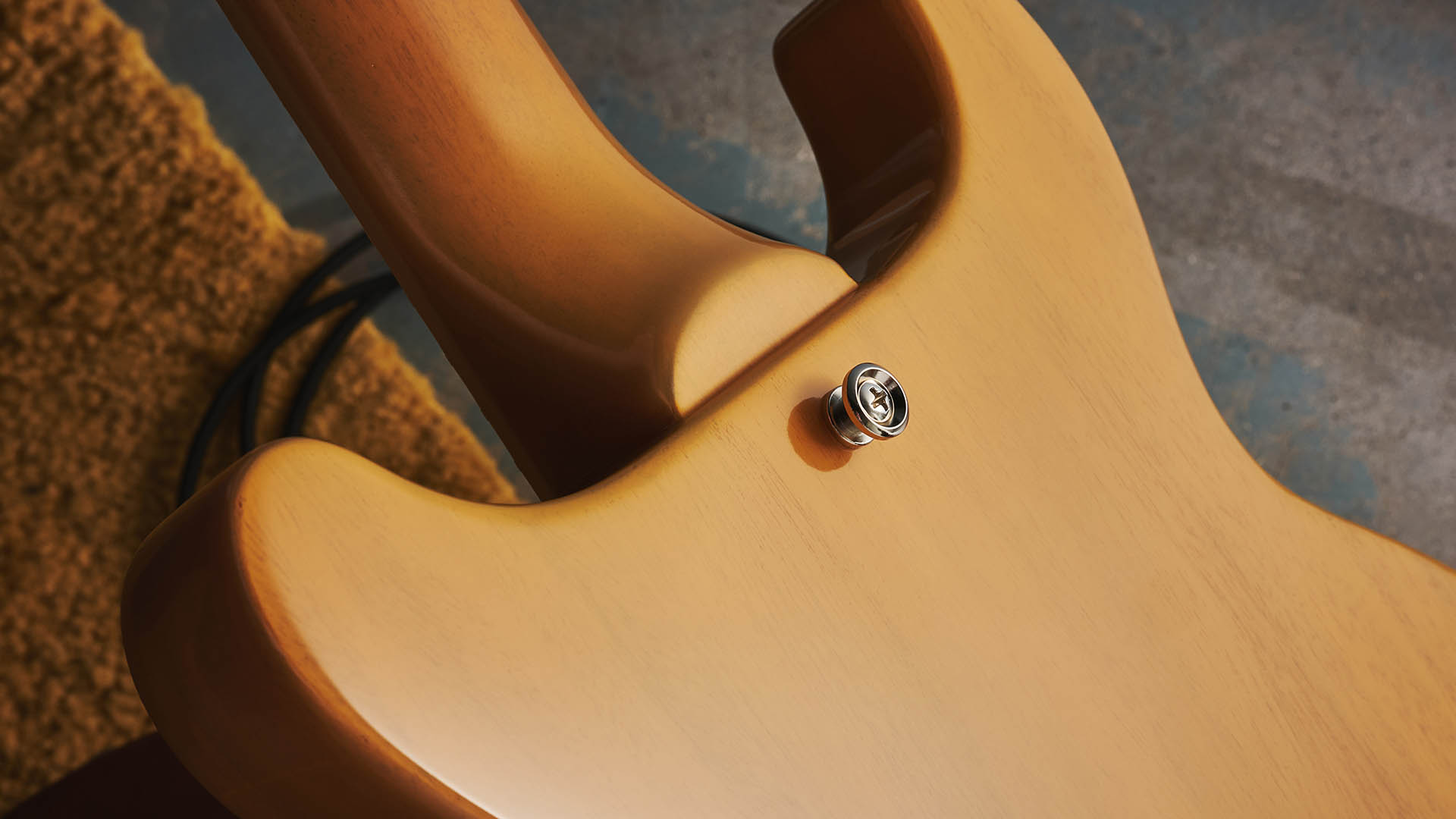
MusicRadar verdict: This new addition to the Inspired by Gibson Custom range might be one of the best yet. A slightly less commonly-spotted model, but one with masses of utility for all sorts of old, and new, sounds. It looks, feels and sounds far more expensive than it actually is.
Test |
Results |
Score |
|---|---|---|
Build quality |
Meticulous build, as faithful as possible to the original vintage Gibson models. |
★★★★½ |
Playability |
Slightly neck-forward but fretboard access is exceptional, as is the neck shape. |
★★★★★ |
Sounds |
It delivers that classic P-90 tone in all positions. |
★★★★★ |
Overall |
Punches well beyond its price point and might be a new high-water mark for Epiphone's Gibson-inspired designs. |
★★★★★ |
Also try
Hands-on videos
Epiphone
Andertons
- “If you’re all about getting as close as possible to period-correct as you can for this price point, then you won’t be disappointed here”: Epiphone Inspired By Gibson Custom 1960 Les Paul Standard Reissue review







